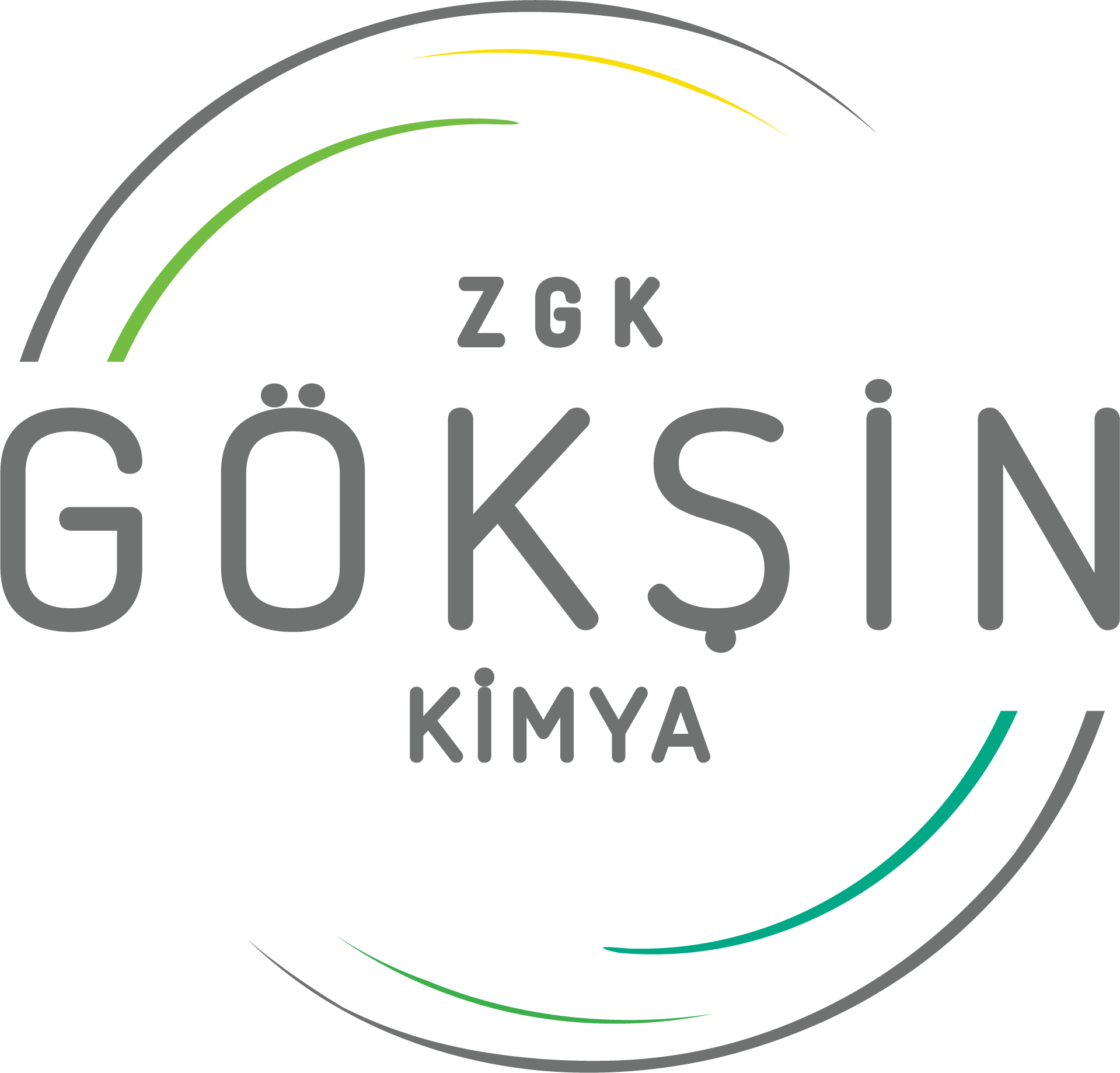Products
Buffer Acid
What is it?
Buffer acids are substances that can maintain a constant pH level when added to a solution.
Key Features: Ability to resist changes in pH when small amounts of an acid or a base are added.
Usage & Purpose:
- Textile Industry: Used to control the pH levels during various textile processes.
Wetting Agent
What is it?
Wetting agents are substances that reduce the surface tension of a liquid, allowing it to spread more easily.
Key Features: Enhanced spreading and soaking ability.
Usage & Purpose:
- Textile Industry: Facilitates the even distribution and penetration of dyes and chemicals into textiles.
Combined Bleaching Agent
What is it?
These are agents that combine properties of different bleaching agents, offering a more comprehensive bleaching solution.
Key Features: Effective removal of natural colors and impurities.
Usage & Purpose:
- Textile Industry: Used for the whitening of textiles and removing natural coloration.
Ion Holder
What is it?
A substance that can capture and stabilize ions in a solution.
Key Features: Ability to bind with specific ions, preventing them from interfering with various processes.
Usage & Purpose:
- Textile Industry: Used to ensure that undesirable ions do not interfere with the dyeing or finishing processes.
Hydrofil Silicon
What is it?
A silicon derivative that enhances the hydrophilicity or water-attracting properties of textiles.
Key Features: Improvement in water absorption and wicking properties.
Usage & Purpose:
- Textile Industry: Used to enhance the moisture management properties of textiles.
Microsilicon
What is it?
Fine silicon polymers designed for textile applications.
Key Features: Provides high levels of softness, shine, and smoothness.
Usage & Purpose:
- Textile Industry: Imparts extra softness, smoothness, and luster to fabrics.
Macrosilicon
What is it?
High molecular weight silicon components.
Key Features: Offers high levels of durability and stability.
Usage & Purpose:
- Textile Industry: Provides long-lasting softness and smoothness to textiles.
Softener
What is it? Chemicals used to give fabrics a softer feel.
Key Features: Enhances fabric’s tactile properties.
Usage & Purpose:
- Textile Industry: Used to give textiles a softer touch and feel.
Stabilizer
What is it?
Substances used to keep chemical reactions under control or maintain them in a specific form.
Key Features: Increases stability of reactive agents.
Usage & Purpose:
- Textile Industry: Used in dyeing processes to ensure colors remain stable.
Enzyme
What is it?
Proteins that catalyze biological reactions.
Key Features: Capability to accelerate specific reactions.
Usage & Purpose:
- Textile Industry: Used for the biological processing and softening of fabric.
Fixator Solution
What is it?
A chemical solution used to fix dye molecules to fabric.
Key Features: Ability to tightly bind color molecules to fabric.
Usage & Purpose:
- Textile Industry: Ensures dye remains permanent on fabric.
Dispersant
What is it?
Agents that facilitate the dispersion of particles in a liquid.
Key Features: Promotes uniform distribution within a liquid.
Usage & Purpose:
- Textile Industry: Ensures even distribution of colors during dyeing processes.
Equalizer
What is it?
They are chemicals used to equalize the color tones on the surface of the fabric.
Key Features: Capacity to equalize color tones.
Usage Areas & Purpose
Textile Industry: Used to ensure even coloring of the fabric.
Carrier
What is it?
They are chemicals that enable dyes to penetrate into the fabric more quickly and effectively.
Key Features: Facilitates the transport and penetration of dye molecules into the fabric.
Usage Areas & Purpose:
Textile Industry: Used to speed up dyeing processes.
Antifoam
What is it?
Chemicals that prevent or reduce foam formation.
Key Features: Ability to inhibit or reduce foam.
Usage & Purpose:
- Textile Industry: Used during dyeing and washing processes to prevent foam formation.






